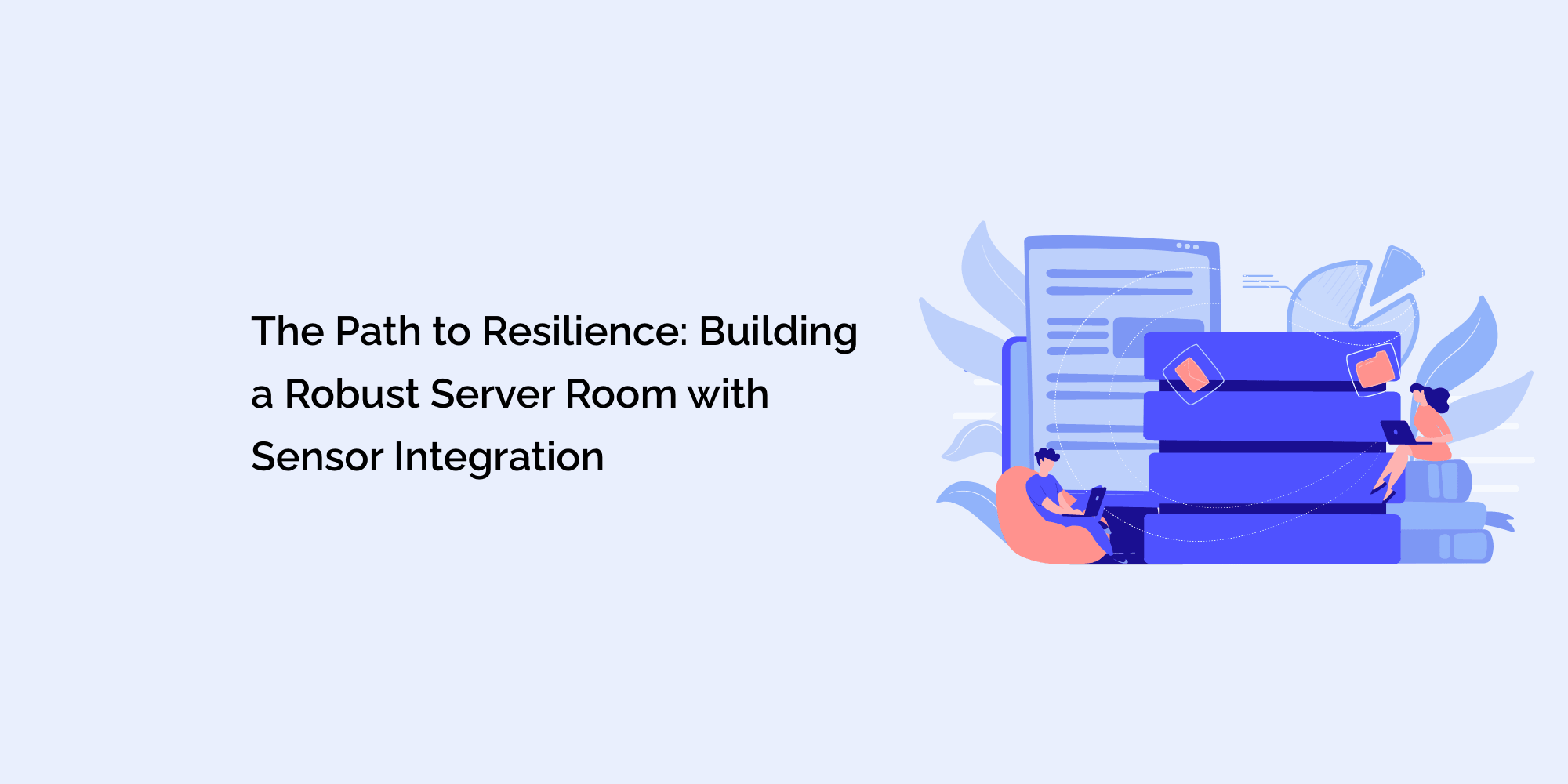In the modern digital landscape, the server room is the beating heart of any organization. Its uninterrupted operation is critical for business continuity and success. Achieving resilience in your server room is not just a choice; it's a necessity. In this comprehensive blog, we explore how sensor integration is the key to building a robust, resilient server room that can weather any storm.
The Crucial Role of Server Rooms in the Digital Age
An overview of why server rooms are indispensable for today's businesses:
- The Digital Revolution: How data has become the lifeblood of modern enterprises.
- Server Rooms as Nerve Centers: Why server rooms are at the heart of data operations.
- Business Continuity: The impact of server room downtime on an organization.
Understanding Resilience in Server Room Management
Delving into the concept of resilience and what it means for server room operations:
- Defining Resilience: What resilience entails in the context of server rooms.
- Availability vs. Resilience: Differentiating between high availability and true resilience.
- Resilience Strategies: How organizations are proactively enhancing server room resilience.
The Power of Sensor Integration
Exploring how sensors are instrumental in building a resilient server room:
- The Sensor Ecosystem: An introduction to the various types of sensors and their applications.
- Real-Time Monitoring: How sensors provide immediate insights into server room conditions.
- Early Warning Systems: The importance of sensors in detecting potential issues before they escalate.
Temperature and Humidity Sensors
A deep dive into the critical role of temperature and humidity sensors:
- Climate Control: How temperature and humidity impact server room operations.
- Sensor Technology: An overview of different types of temperature and humidity sensors.
- Optimizing Performance: How sensors maintain ideal environmental conditions.
Power and Energy Management
Exploring the significance of power and energy sensors for server room resilience:
- Power Quality: Why monitoring power quality is essential.
- Energy Efficiency: How sensors help in optimizing energy consumption.
- Backup Power: Ensuring server room continuity during power disruptions.
Security and Access Control
A discussion on the security aspects of server room resilience:
- Physical Security: Protecting server rooms against unauthorized access.
- Environmental Monitoring: Detecting security risks like fire, smoke, and flooding.
- Surveillance Systems: Enhancing security through video monitoring.
Redundancy and Failover Strategies
Exploring the importance of redundancy and failover plans in server room resilience:
- Redundant Systems: The role of backup hardware and power systems.
- Disaster Recovery: Preparing for unexpected incidents with off-site backups.
- Failover Strategies: Ensuring continuous service availability.
Scalability and Future-Proofing
How to build a resilient server room that can adapt to changing business needs:
- Scalable Architecture: Planning for growth while maintaining resilience.
- Future-Proofing: Preparing your server room for emerging technologies.
- Modular Design: The benefits of a modular approach to server room construction.
Real-World Case Studies
Examining real-world examples of organizations that have achieved server room resilience through sensor integration:
- Large-Scale Enterprises: How industry leaders maintain robust server rooms.
- Medium-Sized Businesses: Achieving resilience on a more modest scale.
- Disaster Recovery Scenarios: Stories of server room resilience put to the test.
The Future of Resilient Server Rooms
A look into the future of server room resilience and the role of emerging technologies:
- Artificial Intelligence and Machine Learning: The potential of AI-driven server room management.
- Edge Computing: How edge data centers are changing the landscape of resilience.
- Eco-Friendly Server Rooms: The role of sustainability in building resilient server rooms.
Conclusion
In an era where downtime is not an option, server room resilience is paramount. Achieving this resilience involves a multi-faceted approach that encompasses sensor integration, environmental control, security measures, and future-proofing. The path to a robust server room is paved with the proactive use of technology, and sensors are the compass guiding organizations toward this goal. With the right sensors and strategies in place, organizations can withstand the challenges of today and the uncertainties of tomorrow.








